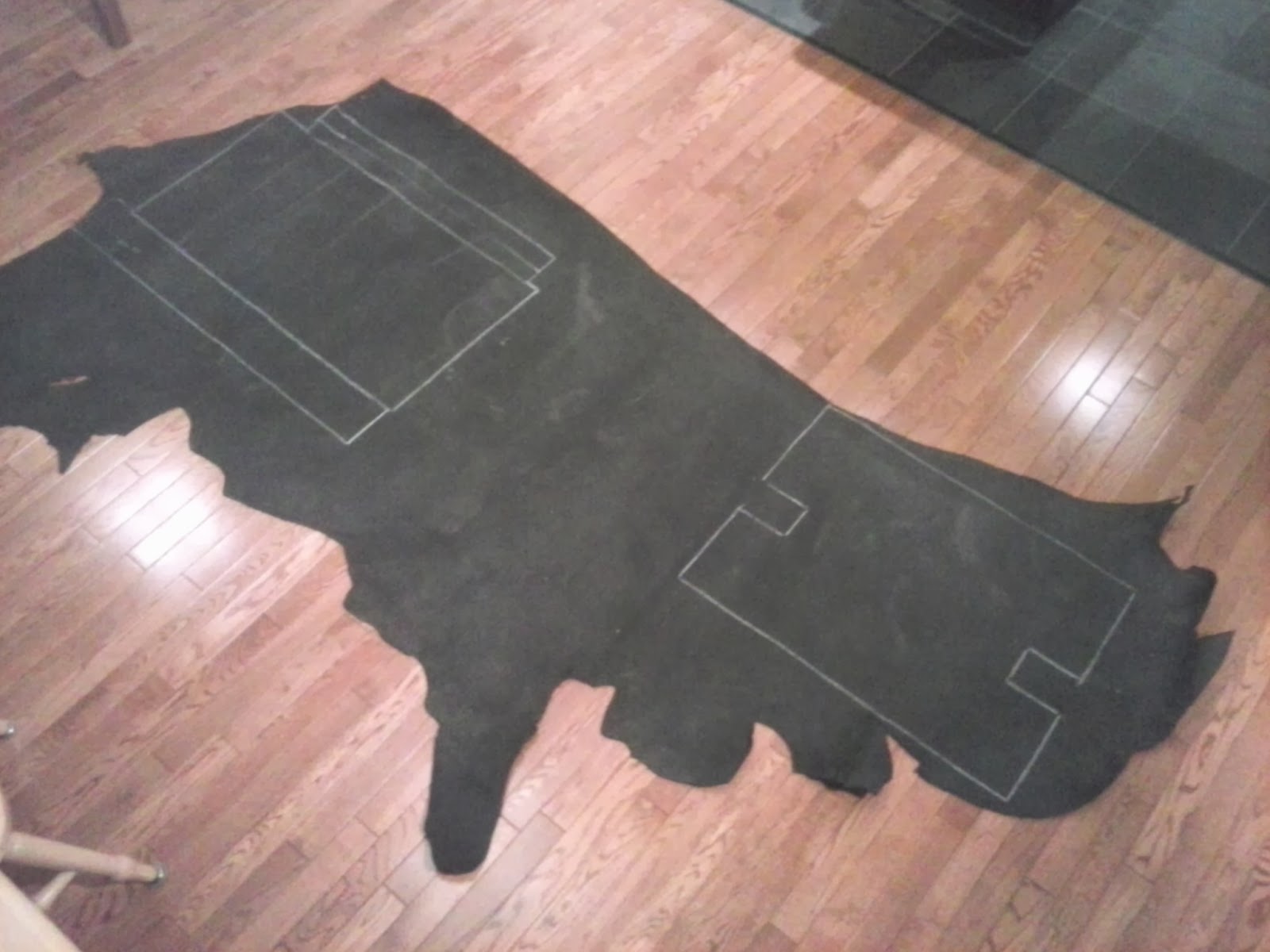Some time back I became enamored by the rocking chairs made by Sam Maloof. Then. about two and a half years ago I decided to go for it and build one. Many of the techniques were new to me, cutting the Maloof joint with splayed legs and the use of rasps to sculpt the joinery to name a few. With so many new techniques to explore I decided I could use a little guidance; so I purchased a set of plans/DVD from Scott Morrison out of Montana. I won't go into details on the plans themselves, suffice it to say that Scott was quite thorough and I'd definitely recommend his plans to anyone interested.
For some reason, this has been a project which has repeatedly been set aside as other deadlines and priorities loomed overhead. Thus, the rocker developed in spurts and the photography along the way was inconsistent to say the least. With that being said I'll show what I can and you'll just have to fill in some blanks or contact me with questions about the stuff I had to skip over. There will be a few posts describing the process as I get the writeup for each stage completed.
First step of course was to break out stock. Using a set of full size templates and the bandsaw made it easy to mix and match to get the best use of materials.
 |
| Breaking up Stock |
 |
| All the Parts Broken Up |
Unfortunately, here is a large gap in the project; and when I say large - I mean really large.
So, by way of getting caught up on a few things. The seats are glued up from 5 boards, there is a 3 degree slope cut on each of the seams to start creating the scooped shape of the seat. Then, a grinder and sanders are used to waste away the bulk of the wood while creating the saddle. The real fun was in cutting the joinery for the legs. Notches were cut out of the sides up near the front and in the corners at the rear; then, rabbeting bits were used to recess the top and bottom surfaces and create the first half of the Maloof joint. The joinery for the front legs to the seat was relatively simple. A dado is cut to match the ledges on the seat left behind by the rabbets. With that complete the legs are turned on the lath and the lower portion is brought to a diameter of 1-1/4", and the top portion to 1-3/8". The tops of the front legs need to be cut on a slope down towards the back of the chair at 13 degrees to allow a flush surface for the arms to join with.
 |
| Trimming to Length and Slope |
When joining the front legs to the seat I used two pipe clamps; one above and one below; which allowed me to adjust pressure and ensure that the legs are held parallel to each other and perpendicular to the seat.
 |
| Gluing the Front Legs to the Seat |
When joining the rear legs to the seat it is important to control the splay of the legs and ensure that they are symmetrical. To make sure of this a mock headrest with 5 degree slopes on each end was used to align the legs. Things are finally starting to look like a chair.
 |
| Rear Legs Being Glued tot he Seat |
With the rear legs glued into place it is time to attach the arms. You may notice that the arms are not shaped at this point, that will be taken care of after installation. The first step to install them is to trim the ends of the arms to match the slope of the joint with the rear legs.
 |
| Trimming the Back of the Arm |
The arms are installed with a screw through the rear leg and a dowel in the front leg.
First, the joint with the front leg. There is a 1/2" diameter hole in the top of the leg, a center finder is placed in it and then the arm is set into place and the dowel position is marked with the center-finder. Once that is completed, the arm is held in position and a straightedge is used to sight down the leg and draw the slope at which the dowel will be inserted into the arm. This is then drilled and a dowel is epoxied in place.
 |
| Marking for Dowel Alignment |
To make the joint with the rear leg the joint is held firm with a couple clamps. Then, a stepped hole is drilled through the rear leg so that in addition to the glue in the joint, a screw can draw the arm snug.
 |
| Clamping the Arm in Place to Drill through the Rear Leg |
Some of you may have noticed that some of the photos are of chair parts made of walnut, and some are made of cherry. There is of course a reasonable / ridiculous reason for this. I figured that as long as I was setting up angles for cuts on the table saw and such I might as well get the most out of all the setup; so I've been working on three chairs simultaneously. Well, up to now anyways. Now that the cutting and assembly is done, the next major phase is sculpting of the joints and I am now working on one chair to completion.
 |
| Three Initial Assemblies all Glued up and Ready for Shaping |
















